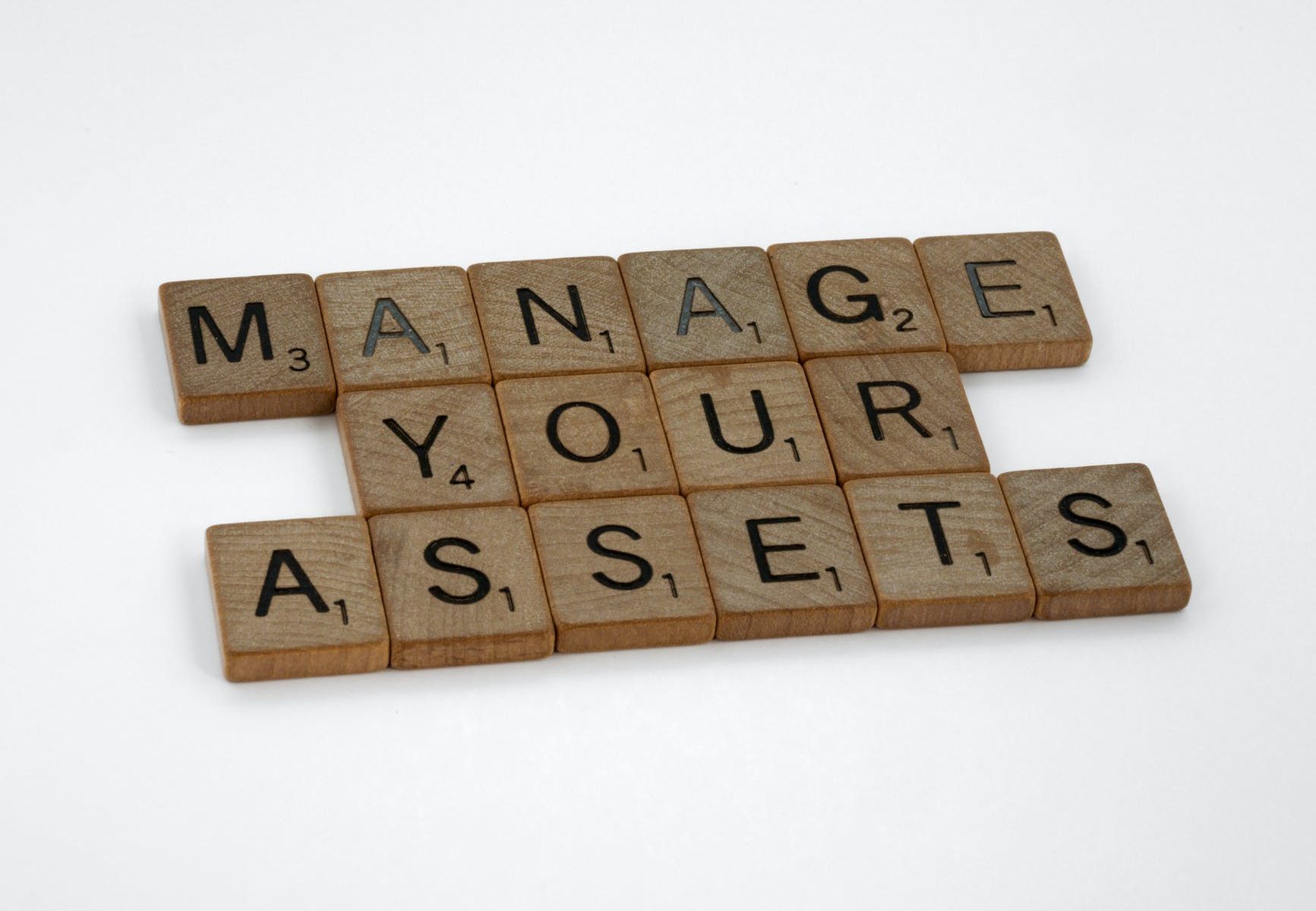The accounting profession has long held a balance sheet item called “goodwill” but what is it exactly – it may even be something you have never heard of yourself?
Private companies in the US for example, may elect to expense a portion of the goodwill periodically on a straight-line basis over a ten-year period or less, reducing the asset’s recorded value. This charge is called an amortization expense.[1]
Goodwill is the only asset that competition cannot undersell or destroy.” – Marshall Field, Founder Marshal Field and Company
So why, do we care about goodwill? Well, just like branding , goodwill represents the reputation and the respect that your company or organization has within its audience. Similarly, your customer master represents a piece of your goodwill whether you explicitly account for that or not.
In the textbook “Introduction to Business” – authors Gitman, Daniel and Shah et al describe an aspect of business related to using Public Relations to build Goodwill.
“Like sales promotion, public relations can be a vital part of the promotional mix. Public relations is any communication or activity designed to win goodwill or prestige for a company or person.”
Let’s unpack that concept of “publicity”. In this context, this is any information about the company or product that appears in the news or is not directly paid for by the company.
They say, that “there’s no such thing as ‘bad’ publicity”. So that means that publicity can can be good or bad but ultimately it is all about building awareness.
But Public Relations (PR) also includes many other kinds of activities, such as lobbying, event planning, press agency, corporate or internal communication, crisis management for communications, creating product awareness and dealing with investor communication.
At the center of all of this communication has to be an understanding of the brand itself but also an understanding of the different channels of communication. Who you want to communicate with and what you want to communicate and why.
So why does all of this matter?
Unlike PR, advertising distinguishes itself by being purchased or paid media. They’re commonly confused for one another particularly when you see or hear “paid promotions”. Advertising also tends to be a monologue whereas PR is ideally a dialog – two way communication, wherein the company listens and responds to the questions or comments or challenges pose by the public at large.
Advertising is done principally to promote products or services, with the objective of inducement to buy.
Part of the challenge with building goodwill is understanding who decides what your business goodwill looks like. Often the decision to establish goodwill on the balance sheet only happens when the business is sold but it can also happen when you acquire another entity and combine it with yours. If you considered selling your business, you would likely struggle to be able to argue that the customer master database has a value with an accountant, though an investor might see it otherwise.
Per a piece in the CPA Journal, by Virginia Collins, CPA/CITP, CFE and Joel Lanz, CPA/CGMA/CITP/CFF, CISM, CISSP, CFE – CPAs have a special appreciation for the strategic use of data.
Accountants after all, use data to do their work. Without data their work is less useful and potentially unreliable. Master Data in particular, holds characteristics akin to those of financially reportable assets because it likely yields some future economic benefit to the business. Similarly, bad or wrong data or data that shouldn’t be held, represents some sort of risk to the business if it is used inappropriately or results in negative outcomes when decisions are based on it.
Most businesses have processes and procedures in place to manage physical assets or any other assets that appear on their current financial statements.
However, because data is an intangible asset that is not recognized as an asset by modern accounting standards, it is often not managed as an asset, it isn’t even managed the way perceived value of the brand (goodwill) is managed.
Accountants in general agree, that there is no good reason not to measure and manage data as the asset it is, particularly customer master data, even if you’re not accounting for it on the balance sheet.
Whether you use it to improve communications, either through public relations or advertising or whether you use it at the point in time when you transact with the customer or start a new customer outreach campaign or even just a conversation. The consensus seems to be that organizations should begin managing data, and customer master data in particular, as well as any information derived from it, just as if it were a real set of business assets as if it were shown on the financial statements.
Pretectum believes that the best way to manage your customer master data assets is with a centralized master data management platform like the Pretectum cloud-based C-MDM.


